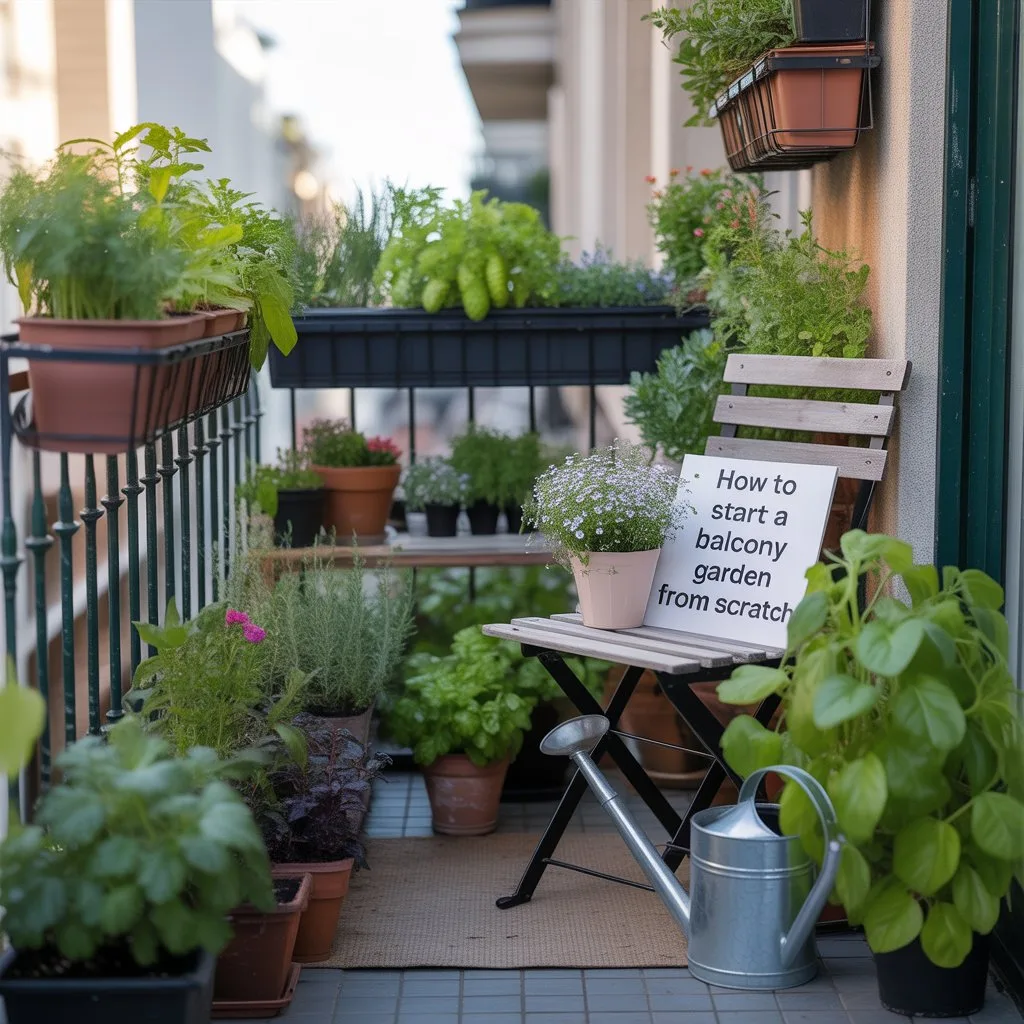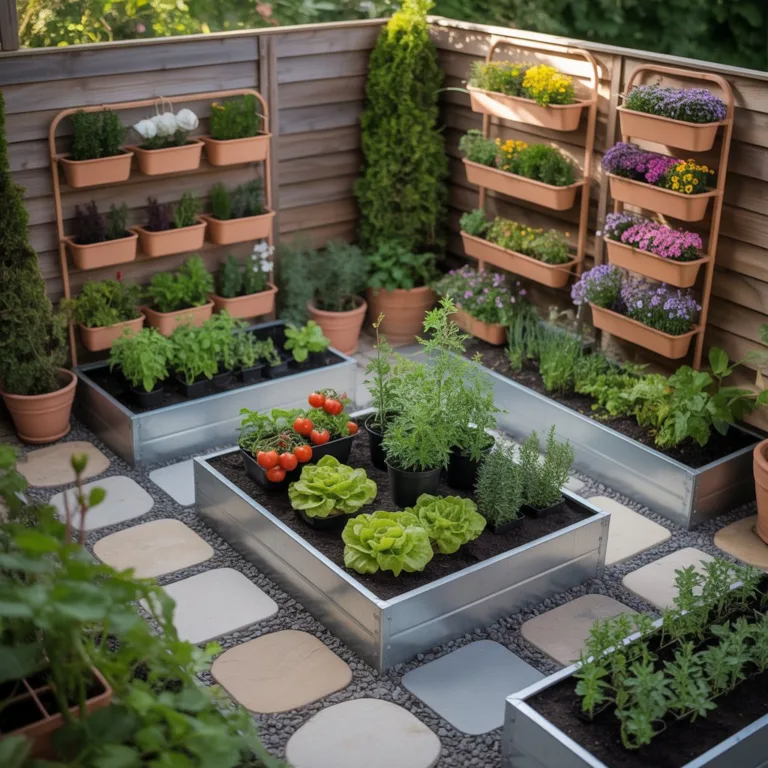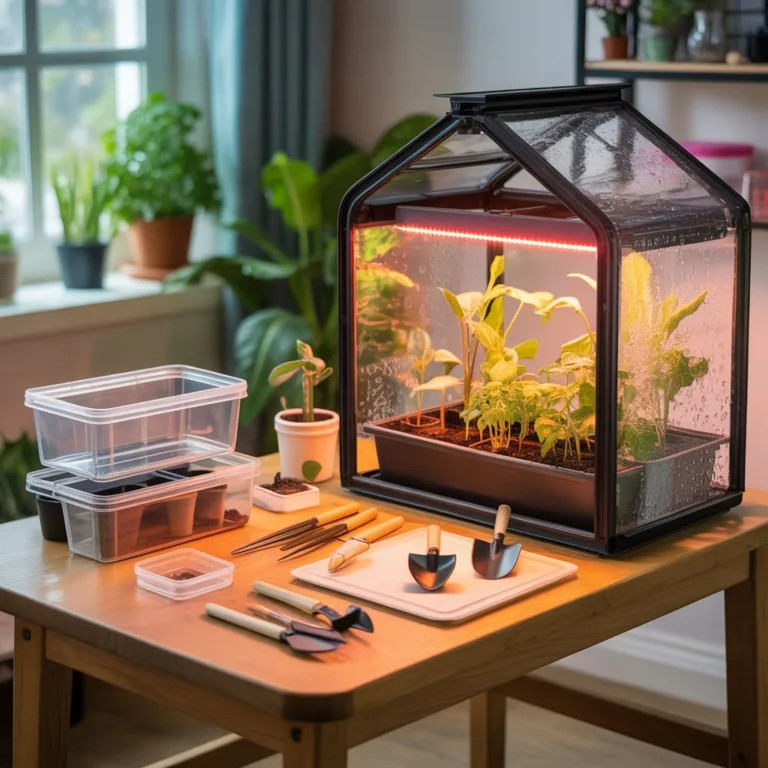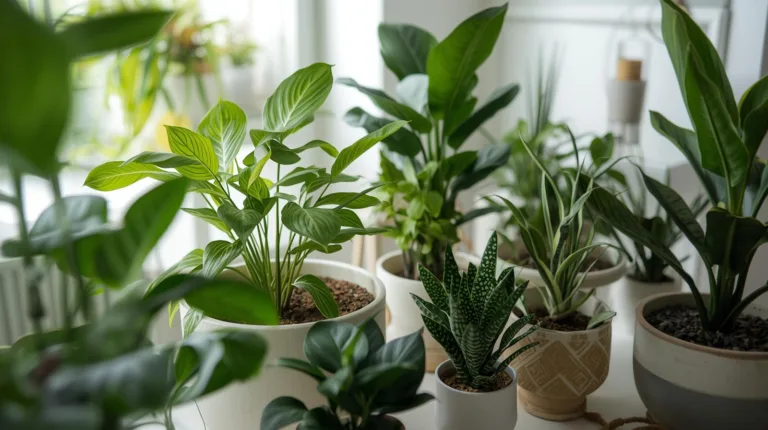
Creating a balcony garden is one of the most rewarding ways to bring nature into your home, no matter the size of your living space. Whether you live in a small apartment or a high-rise building, transforming your balcony into a green oasis offers numerous benefits — from fresh air and relaxation to growing your own herbs and vegetables. With a little creativity and planning, anyone can turn a simple outdoor corner into a thriving garden sanctuary.
Why Balcony Gardening Is Becoming So Popular
In recent years, balcony gardening has become a global trend, and it’s easy to understand why. People are becoming more environmentally conscious and looking for ways to live sustainably, even in urban settings. Having a balcony garden not only improves your mood but also contributes to cleaner air and reduces your carbon footprint. Plants help purify indoor and outdoor air, absorb pollutants, and create a peaceful environment that promotes mental well-being.
Besides, with rising food prices and an increased interest in organic produce, growing your own herbs and vegetables at home is both practical and rewarding. A few pots of basil, mint, or cherry tomatoes can completely change your relationship with food and make every meal feel more personal and fresh.
Choosing the Right Space for Your Balcony Garden
Before you begin, take a good look at your balcony. Observe how much sunlight it gets throughout the day — this will determine the types of plants that will thrive there. South-facing balconies usually receive the most sunlight, making them ideal for sun-loving herbs like rosemary, thyme, and basil. On the other hand, north-facing or shaded balconies are perfect for ferns, peace lilies, and other low-light plants.
Also, consider the wind. High-rise balconies often face stronger winds, which can damage delicate plants or dry out the soil quickly. You can use bamboo screens, mesh, or taller plants as natural windbreakers. Make sure your balcony has proper drainage, as standing water can damage plants and containers over time.
Selecting the Right Containers and Pots
Containers are the foundation of any balcony garden. Since space is limited, choose lightweight, durable pots that are easy to move. Recycled materials such as plastic bottles, tin cans, or wooden crates can be repurposed into creative planters, reducing waste while adding a rustic charm.
It’s essential that every container has drainage holes to prevent root rot. If your balcony is exposed to strong winds, heavier clay or ceramic pots may provide better stability. Hanging planters, railing pots, and vertical wall planters are excellent solutions for maximizing limited space and creating an eye-catching display.
If you’re just getting started, focus on a mix of small to medium-sized pots so you can experiment with plant placement and lighting conditions. Over time, you’ll discover what works best for your specific environment.
Choosing the Best Plants for Your Balcony Garden
Selecting the right plants is the most exciting part of starting your balcony garden. The key is to match plants to your balcony’s light and climate conditions.
For sunny balconies, ideal options include:
- Herbs such as basil, thyme, rosemary, and oregano.
- Vegetables like cherry tomatoes, chili peppers, and spinach.
- Flowers such as marigolds, petunias, and geraniums for color and fragrance.
For shaded balconies, consider:
- Ferns, ivy, and peace lilies for lush green foliage.
- Herbs like mint and parsley that can tolerate partial shade.
- Begonias and impatiens for gentle pops of color.
A combination of flowering plants, herbs, and leafy greens creates visual variety and helps attract pollinators like bees and butterflies if your balcony is open to the outdoors.
Preparing the Soil and Choosing the Right Fertilizer
Good soil is the foundation of a healthy garden. For containers, use a high-quality potting mix that’s lightweight and designed for good drainage. Avoid using regular garden soil, which can be too heavy and compact for pots.
To enrich your soil, mix in organic compost or natural fertilizers like worm castings. These not only add nutrients but also help retain moisture, especially important for small pots that dry out quickly.
If you’re growing edibles, stick with organic fertilizers to ensure your produce remains chemical-free. Regular feeding every few weeks keeps plants strong and productive.
Watering Techniques for Balcony Gardens
Watering might seem simple, but getting it right is one of the most critical parts of balcony gardening. Containers dry out much faster than ground soil, especially during hot summer months. Always check the soil’s top layer — if it feels dry to the touch, it’s time to water.
However, overwatering can be just as harmful as underwatering. Make sure excess water drains out freely to prevent soggy roots. Early morning or late afternoon is the best time to water, as it minimizes evaporation and gives plants time to absorb moisture.
If you travel often or forget to water regularly, consider self-watering planters or a simple drip irrigation system. These small upgrades can make your garden more resilient and low-maintenance.
Maximizing Small Spaces with Creative Design
Balcony gardens thrive on creativity. Think vertically — instead of spreading plants across the floor, go upward. Wall planters, stacked shelves, and hanging baskets make excellent use of limited space.
You can also combine plants of different heights to create layers of color and texture. For example, tall bamboo in the back, medium herbs in the middle, and small succulents at the front can transform a narrow balcony into a miniature jungle.
To make your balcony feel cozy, add small pieces of furniture like a wooden stool or a folding chair. Even a single cushion or fairy lights can turn your garden into a relaxing retreat after a long day.
Sustainable Gardening Practices
Balcony gardening offers a unique opportunity to live more sustainably. Instead of buying new plastic pots, reuse containers you already have — yogurt cups, cans, or old buckets make perfect planters with a few drainage holes.
Use collected rainwater when possible and switch to organic pest control methods such as neem oil, garlic spray, or companion planting. For example, marigolds naturally deter many pests while adding color to your balcony.
Composting kitchen scraps like fruit peels and coffee grounds can reduce waste and create nutrient-rich soil for your plants. Even a small composting bin can make a significant difference over time.
Caring for Your Balcony Garden Through the Seasons
Every season brings new challenges and opportunities for your balcony garden. During summer, plants may need daily watering and protection from intense sunlight. In contrast, winter requires reducing watering frequency and protecting plants from frost.
If you live in a colder region, move sensitive plants indoors during winter or use protective covers. Choose hardy plants like lavender or succulents that can withstand temperature changes.
Regular maintenance is key: prune dead leaves, repot overgrown plants, and check for pests weekly. These small habits ensure your garden stays healthy and vibrant throughout the year.
Involving Family and Children
Balcony gardening is also an excellent educational activity for children. It teaches them responsibility, patience, and the value of caring for the environment. Kids can help plant seeds, water plants, or even paint the pots.
Creating a family garden project not only brings everyone together but also encourages healthy habits and curiosity about nature. Watching plants grow from seeds is a magical experience for children that builds a lifelong appreciation for sustainability.
Enjoying the Fruits of Your Effort
After weeks or months of nurturing your balcony garden, the results are incredibly rewarding. You might start with a few pots and end up with a lush collection of herbs, flowers, and vegetables that brighten your home and uplift your mood.
Harvesting your own basil for pasta, mint for tea, or tomatoes for a salad gives a sense of accomplishment and connection to nature that’s hard to describe. It also helps reduce grocery costs and minimizes plastic packaging from store-bought produce.
Whether your goal is to relax, decorate, or grow food, a balcony garden brings beauty and balance to everyday life.
Transforming a simple balcony into a thriving garden is not just about growing plants — it’s about cultivating joy, creativity, and sustainability in your daily routine. By taking small steps, reusing materials, and learning from nature, you can create a peaceful green space that reflects your personality and values. Start today, and your balcony could soon become your favorite place to unwind, recharge, and reconnect with the natural world.

Sofia Greenfield is a sustainable gardening expert and environmental educator who inspires families and urban gardeners to cultivate green spaces responsibly. She shares practical tips on growing vegetables, herbs, and flowers using eco-friendly and recycled materials, emphasizing the joy of gardening while protecting the planet.



